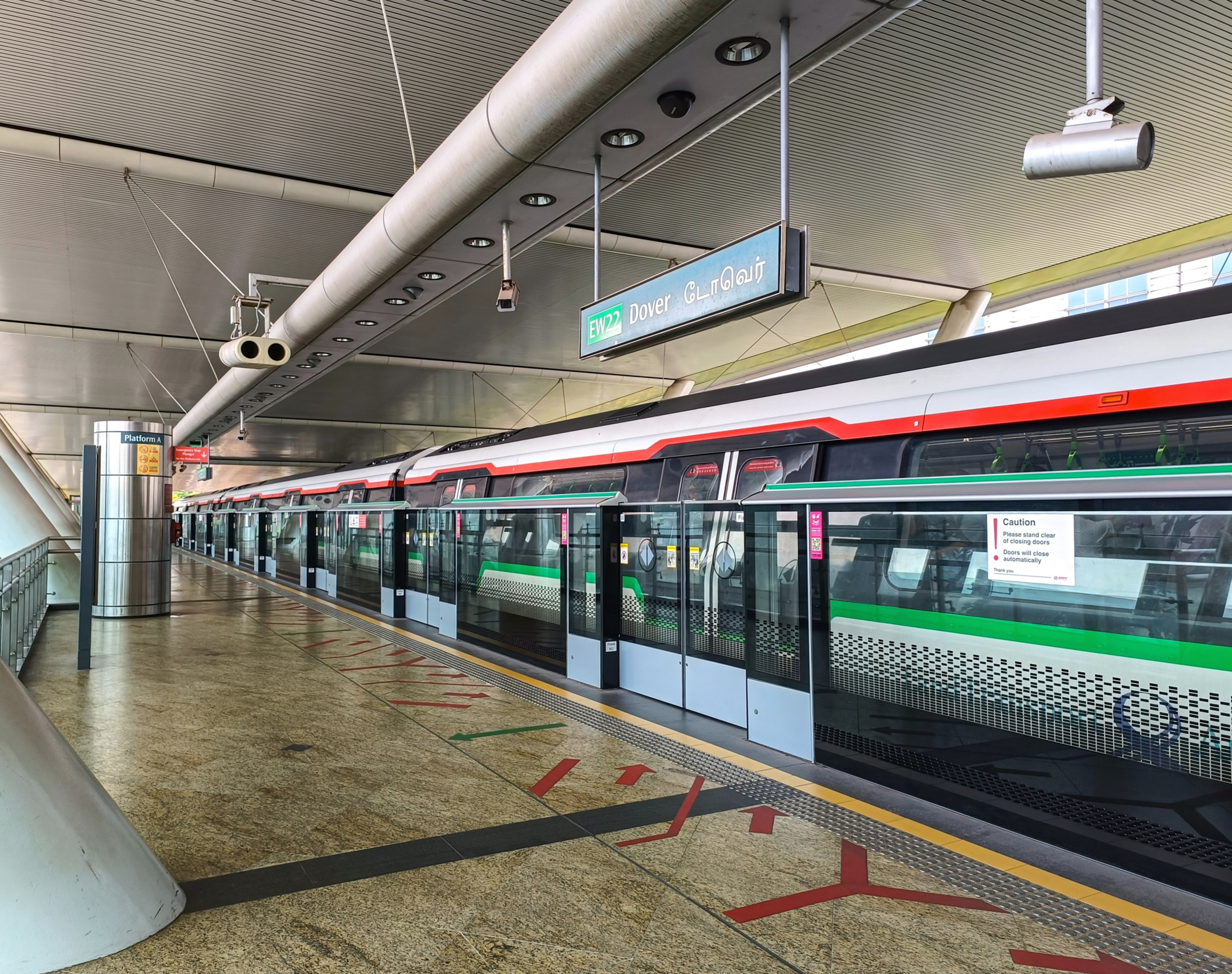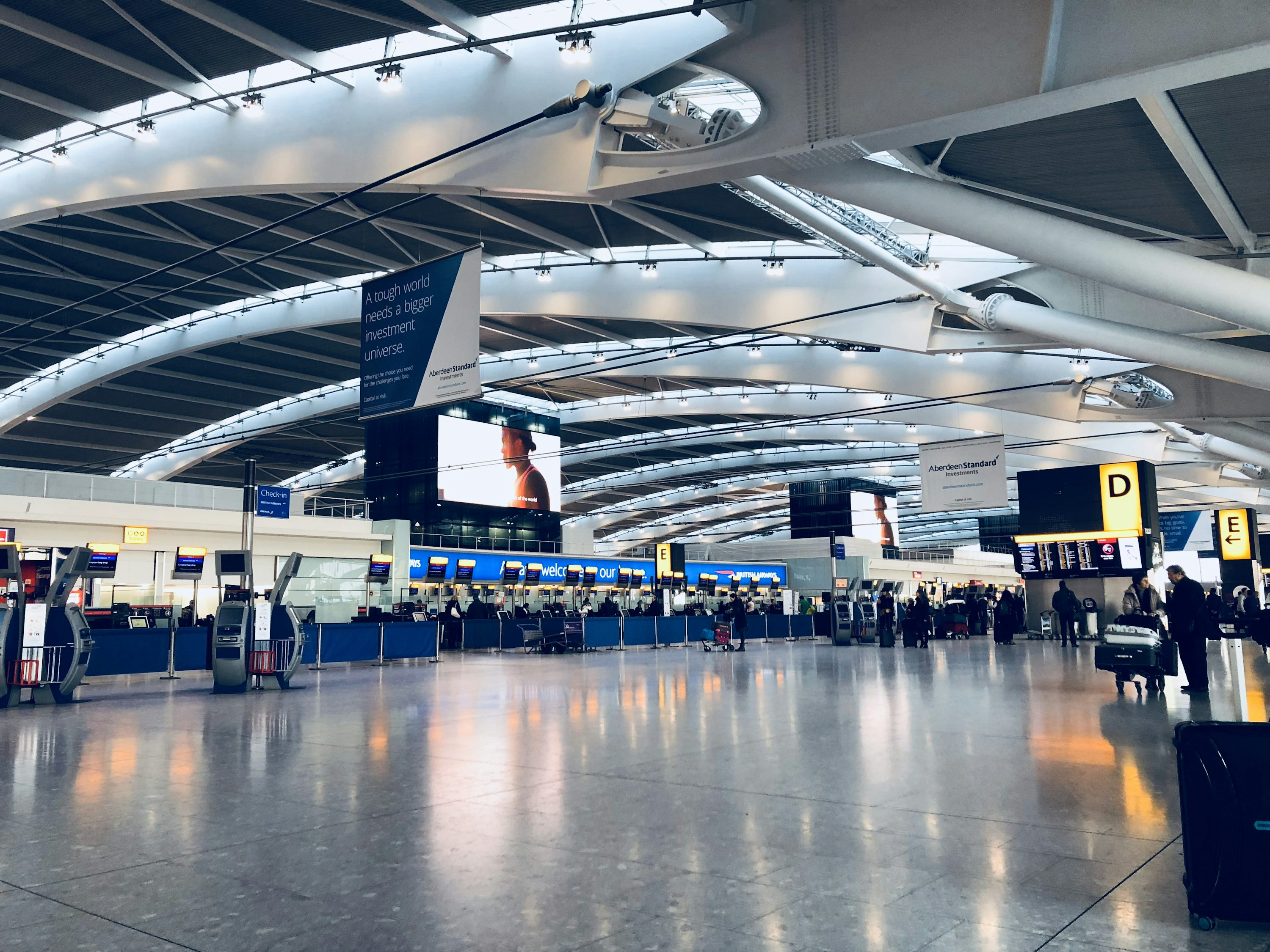Iceland: Natural beauty with infrastructure reliability

Iceland continues to excel in visitor safety through its well-maintained road networks and comprehensive emergency response systems. The country's compact size allows for efficient coordination between emergency services, while its tourism infrastructure has evolved to handle seasonal fluctuations effectively.
Healthcare access remains straightforward for international visitors, with English widely spoken in medical facilities. The country's geothermal warning systems and marked hiking trails help visitors navigate natural attractions safely.
Weather conditions can change rapidly, particularly in highland areas, but the national weather service provides detailed forecasts and safety advisories in multiple languages through digital channels.
Singapore: Urban efficiency meets visitor support

Singapore's systematic approach to public safety extends seamlessly to visitor services, with multilingual support systems embedded throughout the city's infrastructure. The integrated transport network operates with punctual reliability, while comprehensive signage reduces navigation uncertainty.
Medical facilities maintain international standards with straightforward admission procedures for visitors. The city's compact geography means emergency response times remain consistently short across all districts.
Digital payment systems and English-language service availability eliminate common transaction barriers, while the tourism board's visitor hotline provides 24-hour assistance for practical concerns.
Portugal: Accessible coastlines with reliable services

Portugal's coastal regions have invested significantly in visitor safety infrastructure, with clearly marked beach areas and lifeguard services operating consistent schedules during peak seasons. The country's healthcare system provides accessible treatment for visitors, with many practitioners speaking English.
Transport connections between major cities operate reliably, while smaller towns maintain well-marked pedestrian areas and clear traffic management. Tourism police units in popular areas provide multilingual assistance and can help resolve practical issues quickly.
The country's moderate climate reduces weather-related travel disruptions, though coastal areas maintain comprehensive weather monitoring systems that issue timely advisories for maritime conditions.
Japan: Systematic precision in public safety

Japan's approach to public safety emphasizes systematic organization and clear information flow, with transport systems operating to precise schedules and comprehensive English-language announcements. Emergency procedures are standardized across regions, with detailed evacuation routes posted in public areas.
Healthcare facilities in major cities maintain English-speaking staff and standardized admission procedures for international patients. The country's earthquake preparedness systems include multilingual emergency broadcasts and clear assembly point signage.
Cultural norms emphasize collective responsibility for public safety, creating an environment where lost items are typically returned and assistance is readily offered to visitors experiencing difficulties.
New Zealand: Adventure tourism with safety oversight

New Zealand's adventure tourism industry operates under comprehensive safety regulations, with activity operators required to maintain detailed safety management systems and regular certification reviews. This regulatory framework ensures consistent safety standards across different regions and activity types.
The country's healthcare system provides efficient emergency treatment, with helicopter rescue services covering remote areas where adventure activities typically occur. English-language communication eliminates barriers in emergency situations.
Weather monitoring systems provide detailed forecasts for outdoor activities, while tourism operators maintain direct communication with meteorological services to adjust schedules based on safety conditions.
